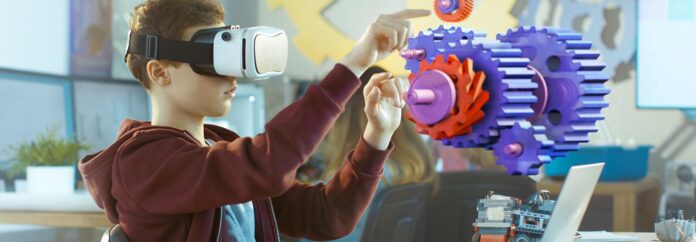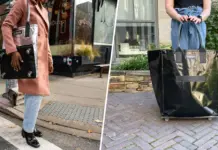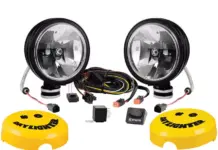While only 2% of teachers have reported using VR in the classroom, in a 2016 survey 60% of teachers said they’d be interested in including VR in the classroom. In addition, 93% said their students would be excited to use VR and 83% said that VR might help improve learning outcomes3. By bringing learning to life, VR technology has the potential to enhance the way students learn and to change the job of any educator with a teacher certification in elementary education and beyond.
From promoting understanding of learning concepts to increasing collaboration to improving motivation in the classroom, teachers have high hopes for the ways that VR can impact the learning experience for students. In a 2016 study of 40 high school students, supplementing classes with VR-enhanced curriculum led to improved student learning, test scores, learning comprehension, and retention4. In addition, students in the VR learning group outperformed those in the traditional learning group. The use of a VR-based curriculum also helped students with below average academic performance bring up their grades, proving that the technology can be an important addition to teaching strategy in traditional education settings. For visual learners and students with learning challenges, VR could become a valuable addition to the classroom experience.
There’s an entire world outside of the classroom, and VR and AR technologies have proven to be useful tools that students can use to simulate learning scenarios and interactions with people and places that are out of reach. Another great application for VR technology is its use for virtual field trips, to help students visit faraway and inaccessible places.
VR and AR technologies don’t just promise a new experience for students. Today, teachers can use VR and AR for training, conducting lessons in front of virtual classrooms to help them gain the skills and confidence to improve their teaching strategy. Such simulation lets teachers test out new lesson material and better their classroom management skills, and offers student-teachers a virtual taste of working in a classroom setting.
Analysis:
According to this article, the stats don’t lie. Augmented and Virtual Reality is a technology that excites and is highly desired by both teachers and students as a way to enhance the classroom experience. It has the potential to “bring learning to life” by allowing students to immerse themselves with information and experiences from wherever they are in the world. While the idea of using VR/AR in virtual learning settings could mean a more engaging experience for students, it also could be beneficially for long-term memory retention. Being able to put on some glasses and transport students right to where the teacher needs them to be could be a game-changer for not only virtual learning, but anytime students are not physically present in the classroom (i.e. being absent/sick).




